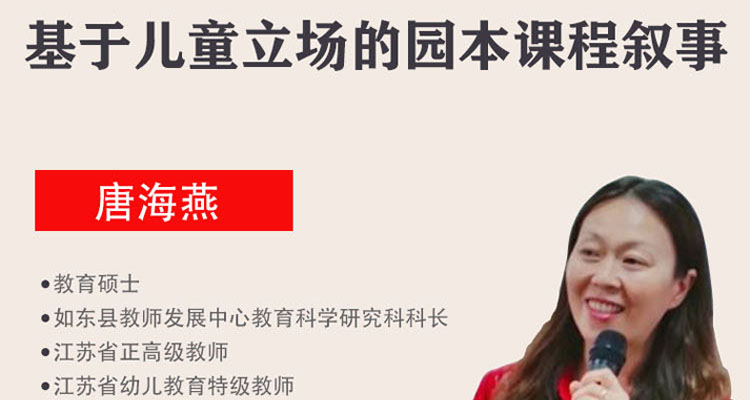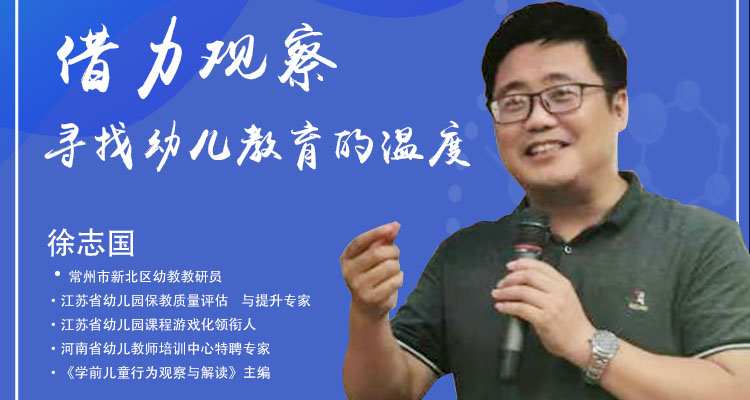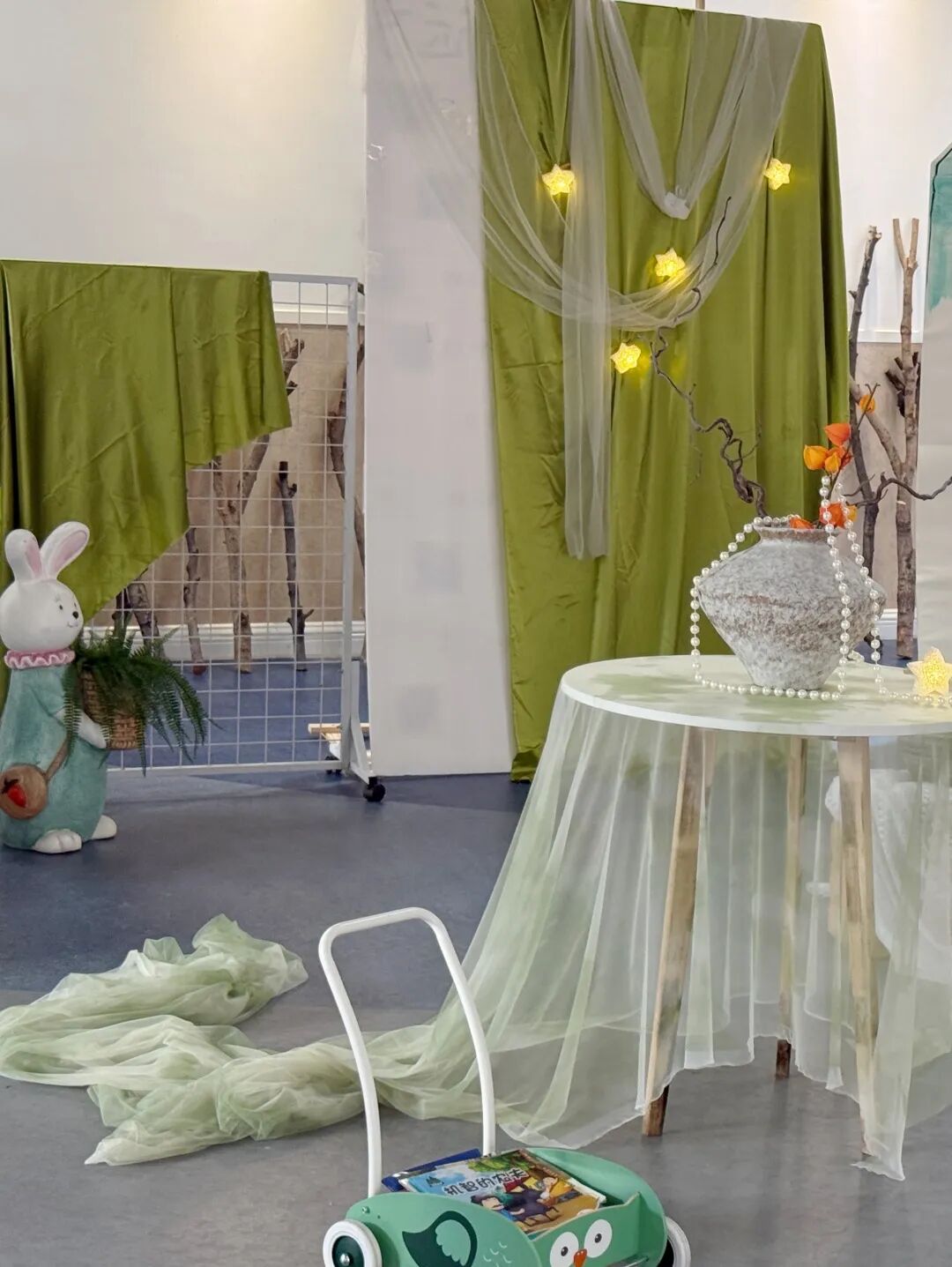SFBT非常看重目标,认为目标犹如灯塔般重要。若是没有目标,人就犹如迷失方向、随意飘荡的船只。因此,没有方向的谈话也不容易有成效。而我们强调的目标是孩子想要的,而不是助人者父母想要的,或是觉得孩子“应该”要的目标。主要的目的是想通过助孩子澄清所想要的目标,希望扣着目标找寻成功的经验和方法,进一步引导孩子正向思考。
Find the lighthouse and set a goal
SFBT attaches great importance to goals and believes that goals are as important as lighthouses. If there is no goal, people are like disorienting, floating ships. Therefore, conversation without direction is not easy to be effective. The goal we emphasize is what the child wants, not what the parent wants, or the goal that the child “should” want. The main purpose is to help the child to clarify the desired goal, hoping to find successful experience and methods according to the goal, and further guide the child to think positively.
SFBT有三大架构
指的是孩子想要的目标,而不是父母觉得孩子应该要的目标,包含正向的开始与设定目标。
Target architecture
It refers to the goal that the child wants, not the goal that the parents think the child should want, including the positive start and setting the goal.
是指孩子的问题没那么严重或是不发生的时候。找寻例外架构外的目的,主要是希望孩子察觉与发现这些例外存在时候成功经验,进一步唤起孩子的内在资源与希望感。
Exception architecture
Refers to when the child’s problem is not so serious or does not occur. The purpose of finding outside the framework of exceptions is mainly to hope that children can detect and discover the successful experience when these exceptions exist, and further arouse their inner resources and sense of hope.
(奇迹问句)
当孩子很难用正向眼光看待目标或是不易想到正向目标时,父母运用奇迹问句邀请孩子假想问题已经解决或是目标达成时他会是什么样子,并鼓励孩子去做目前可以做到的一小部分。
Hypothetical solution architecture
(Miracle question)
When a child has a hard time looking at the goal or is not easy to think about the goal, the parents use the miracle question to invite the child to imagine what the problem will be like when the problem has been solved or the goal is achieved, and encourage the child to do what can be done at present.
父母与孩子愿意一起讨论想要达成的目标时,就可以发现孩子真正的需要;也会让他有被尊重的感觉,进而提升孩子的责任感。因为这个目标是他自己的选择,而非他人的想法。同时,当孩子发现自己想要的目标被父母“听懂”“了解”时,也会具有极大的鼓舞作用。
Tips
When parents and children are willing to discuss the goals they want to achieve, they can discover the real needs of the child; it will also give him a sense of respect and further enhance the child’s sense of responsibility. Because this goal is his own choice, not the ideas of others. At the same time, when the child finds that the goal he wants is “understood” and “understood” by his parents, it will also be of great encouragement.
是“会/要做什么”而非“不做什么”。根据脑神经科学研究发现我们的大脑只听从“做什么”而会省略“不”这样的信息。因此,当我们向大脑发出“不要打人”的信息时,大脑会自动执行“打人”的信息,进行影响接收正确的信息。所以,若是孩子发出了一个“不要”的信息,如“我不要打人”,父母就必须协助他分辨,在行为背后真正的动机和原因,问他“要”什么–比如“我要有朋友。一旦孩子发出正向讯息,父母要接着引导孩子发展出一个具体目标,进而执行。
Principle 1: Use positive narrative
It is “what to do” instead of “what not to do”. According to the research of brain neuroscience, it is found that our brain only listens to “what to do” and omits the information like “no”. Therefore, when we send a “don’t hit people” message to the brain, the brain will automatically execute the “hit people” message to influence the reception of the correct information. Therefore, if the child sends a “don’t” message, such as “I don’t want to hit someone”, parents must help him distinguish the true motives and reasons behind the behavior, and ask him what he wants, such as “I want to have friends”. Once the child sends a positive message, parents should then guide the child to develop a specific goal and then implement it.
犹如“看影片”一般的进行,也就是孩子在叙述目标时是犹如一组连续画面进行的,这样的功能是借由叙述的过程,先在孩子的头脑中演练一次,这会比静态想象的目标更能发展出主动的步骤,这样也更容易提高完成目标的执行力。
Principle 2: Narrate in a process
It is like “watching a movie”, that is, the child is like a series of continuous pictures when narrating the goal. Such a function is to practice in the child’s mind through the process of narration, which is more than static imagination. Goals can develop proactive steps, which makes it easier to improve the execution of goals.
所提出的目标最好是立即可做而非遥远的。例如,一个初三的孩子想设定的目标是“考好这次月考”比“考上第一志愿”更加切实可行。如果已经朝预定目标前进,那么现在可以做的是什么事。
Principle 3: Exist in the “present”
The proposed goals are best done immediately rather than far away. For example, a third grade student wants to set a goal that “to pass a monthly test well ” is more practical than “to pass the test first one.”
具体的目标胜过抽象的目标,描述得越具体,就具有越强的动力同时执行力也会越高。例如,我要“考上X大学”会比“考上第一志愿具体:我要“瘦身2千克”会比“瘦一点儿”明确。
Principle 4: Materialize
Specific goals are better than abstract goals. The more specific the description, the stronger the motivation and the higher the execution. For example, I want to be admitted to X University to be more specific than to be admitted to the first voluntary: I want to be “thin at 2 kg” more clearly than “be thinner”.
老子曾经说过:“千里之行,始于足下。”再远的路只有跨出一步再一步步地走下去,才可以到达;再大的困难,只有一点一点慢慢去做才可以解决。良好的目标要从小步骤开始。父母可以询问孩子“当事情可以有所改善时,你想到的第一个可以做的改变是什么?”“你想从哪件事开始?”这都是可以尝试的第一步。
Principle 5: start with small steps
Lao Tzu once said: “A journey of a thousand miles begins with one step.” No matter how far the road can only be reached, one step at a time and one step at a time can only be reached; no matter how difficult it is, it can only be done slowly and slowly. Good goals start with small steps. Parents can ask their children “when things can improve, what is the first change you can think of?” “Which thing do you want to start with?” This is the first step you can try.
设定的目标不是先改变别人或是改造某件事,而是孩子“能做的以及“可以持续做的”。有的目标很好,但孩子无法控制,那也没有用。例如,若一个从来不读书,定的目标是“每天读书3小时”,倒不如由“每天读书10分钟”开始。因为一旦养成读书的习惯,建立了成功经验之后,他读书的时间自然容易增加。
Principle 6: Be within the child’s control
The goal set is not to change others or to reform something first, but the child “can do and “can continue to do.” Some goals are good, but the child can not control, that is useless. For example, if one never read books, the goal is to “read 3 hours a day”, it is better to start from “read 10 minutes a day.” Because once the habit of reading is developed, after establishing a successful experience, he will naturally increase the time for reading.
以孩子的意愿为主,以他的语言来叙述,而不是以父母的意愿为主。这不但可以与孩子同步,也会让他有被尊重的感觉。例如,孩子的目标是想要交朋友,父母就不要说成“你希望人际关系变好”,而可以说”好
我明白、我知道,你想要交朋友。父母在协助孩子的过程中,会发现孩子其实不像大人那样,对自己要什么“有着较为清晰的图像,他们常常根本不知道自己要什么。所以,协助孩子先分辨自己要什么很重要。甚至从他们的偏差行为或是诸多抱抱怨着手,协助他们分辨“目的”“行为”以及”“代价”之间的关联之后,才有办法进行目标的设定,也才能真正协助到孩子。父母要学着放下自己的预设立场,好好地敞开心扉“听见”孩子的目标,并进一步正向引导孩子觉察,让孩子了解自我,分辨人生中什么是重要的、什么是不重要的,懂得区隔与取舍,提升自信。这是父母终身需要学习的一门功课!
Principle 7: Use your child’s language to describe
It is based on the wishes of the child and is narrated in his language, not on the wishes of the parents. This can not only synchronize with the child, but also make him feel respected. For example, if the child’s goal is to make friends, parents should not say “you want the relationship to be better”, but you can say: OK, I understand, I know, you want to make friends. In the process of assisting children, parents will find that children do not actually have a clearer picture of what they want like adults, and they often do not know what they want. Therefore, it is very important to help children distinguish what they want first. Only by starting with their biased behaviors or many complaints and helping them to distinguish the relationship between “purpose”, “behavior” and “cost”, can there be a way to set goals, and then we can really help the children. Parents should learn to let go of their predefined positions, open their hearts to “hear” their children’s goals, and further guide their children to be aware, let them understand themselves, and distinguish between what is important and what is not important in life. Distinguish and choose, improve self-confidence. This is a lesson that parents need to learn for life!
END
了解更多
——————
如果您需要了解更多BBKE相关信息,可以访问www.bbke.cn 或者通过以下方式联系我们。
You can find out more about BBKE on our website, www.bbke.cn or you can contact us by phone!
望京园 Baston.Hope Kingdom:
(8610) 64739197 64733884
太阳园 Baston.Sun Palace:
(8610) 84413316 84413326
无限园 Baston. Infinity Plaza:
(8610) 85738380 85738379
欧陆园 Baston.European Land:
(8610) 58236013 59273452
绿城园 Baston.Green Town:
(8610) 89316473 89316474
华溢园 Baston.Brilliant City:
(8610) 59214810 59214820
首创园 Baston.Creation Square:
(86354) 2516655
培懿园 Baston.Virtue Garden:
(86754) 82772212 82772216
御景园 Baston.Empery Garden:
(86316) 2128391 2128379











